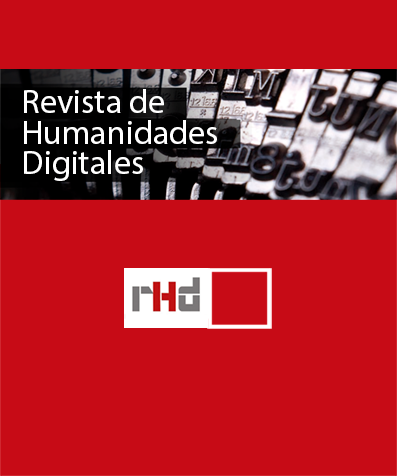Computer-based synaesthesia and the design of complex methods to approach multimodal realities of dance and music through technology. An interview with Alexander R. Jensenius, Deputy-Director of the RITMO Centre of Excellence of the University of Oslo
DOI:
https://doi.org/10.5944/rhd.vol.5.2020.27029Palabras clave:
Embodiment, Interdisciplinary research methods, technology, intangible cultural heritage, dance.Resumen
After producing ground-breaking computer-based tools to advance the study of human movement, such as the video-visualization techniques contained in the Musical-Gestures Toolbox, Alexander Refsum Jensenius has con-tinued to find more creative and analytical possibilities to intersect our understandings of music and dance. In the current context of technology-assisted misappropriation of tradi-tional songs and dances, I interviewed the Deputy Director of the RITMO Centre on how we might revert the link between new technol-ogies and intangible cultural heritage for the benefit of legitimate bearers.
Furthermore, in this interview, Alexander out-lines the embodied and interdisciplinary ap-proach towards music that has grounded the course of his career but even more interesting-ly, he offers insights about the future of expe-riencing dance through technology and the possibility of dancing robots.
Descargas
Descargas
Publicado
Cómo citar
Número
Sección
Licencia
Derechos de autor 2021 Jorge Poveda Yánez

Esta obra está bajo una licencia internacional Creative Commons Atribución-NoComercial 4.0.
Los autores que publican en esta revista están de acuerdo con los siguientes términos:
- Los artículos publicados en la revista se encuentran disponibles en acceso abierto.
- Los autores conservan los derechos de autor y garantizan a la revista el derecho de ser la primera publicación del trabajo al igual que licenciarlo bajo una Licencia Creative Commons Atribución-NoComercial 4.0 Internacional, que permite copiar y redistribuir el material en cualquier medio o formato y remezclar, transformar y construir a partir del material bajo los siguientes términos: debe dar crédito de manera adecuada, brindar un enlace a la licencia, e indicar si se han realizado cambios; no puede hacer uso del material con propósitos comerciales.
- Los autores pueden depositar el trabajo en un repositorio de preprints, postprints, establecer por separado acuerdos adicionales para la distribución no exclusiva de la versión de la obra publicada en la revista (por ejemplo, situarlo en un repositorio institucional o publicarlo en un libro), con un reconocimiento de su publicación inicial en esta revista.
- Se permite y se anima a los autores a difundir sus trabajos electrónicamente (por ejemplo, en repositorios institucionales o en su propio sitio web) antes y durante el proceso de envío, ya que puede dar lugar a intercambios productivos, así como a una citación más temprana y mayor de los trabajos publicados



